
Roman Roots,Medieval Wool and Charm Galore
[caption id="ADaytoVisitCirencester_Feature" align="aligncenter" width="1024"]
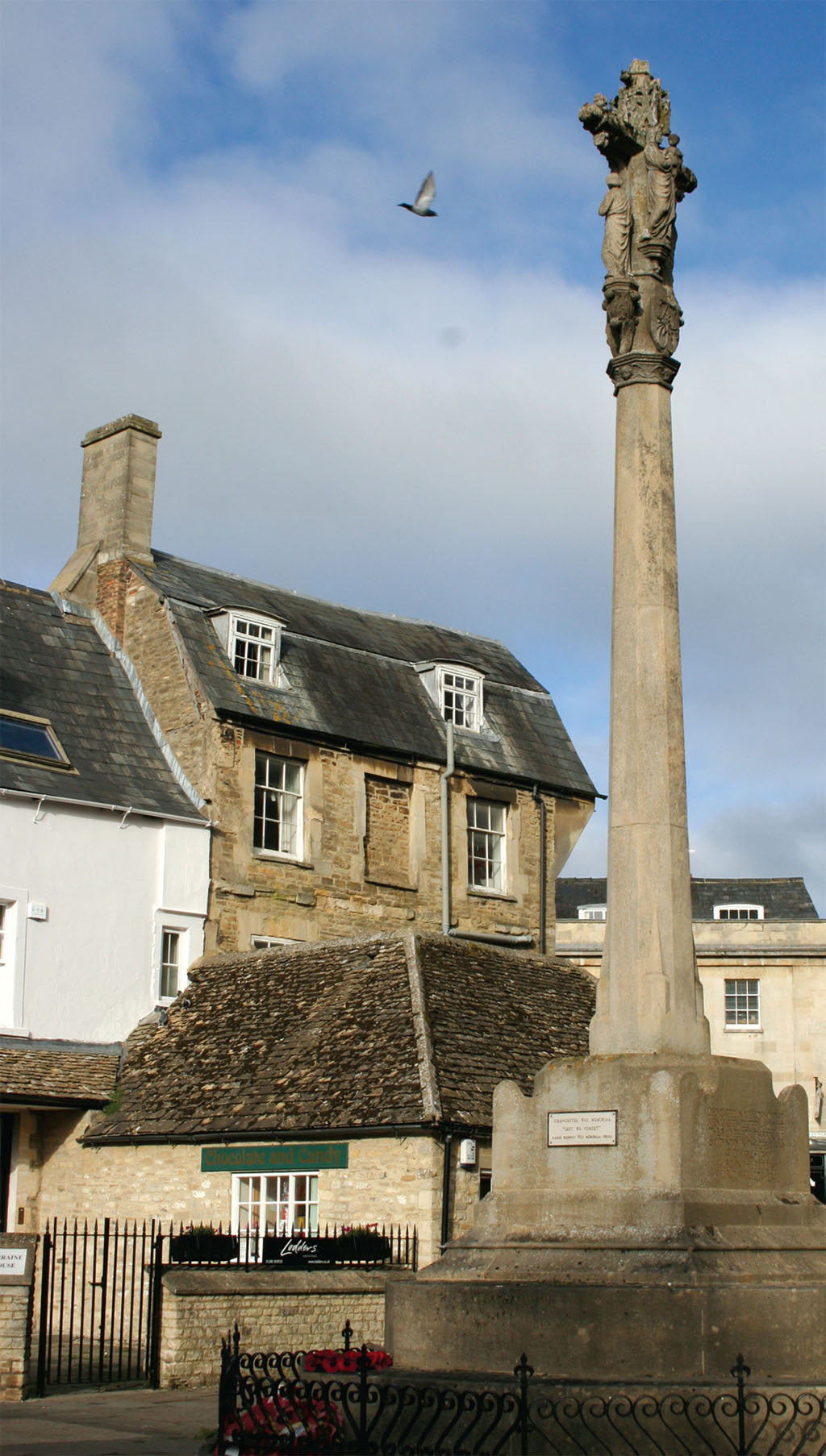
DANA HUNTLEY
Why visit Cirencester?
Unofficial “Capital of the Cotswolds,” Cirencester is perfectly located in the heart of the Gloucestershire countryside. In Roman Britain, the town was known as Corinium, second in size only to London. It became a way station for Roman legions where the Fosse Way and Ermin Street intersected. By the Middle Ages, Cirencester was an important center for the wool trade and became a wealthy and bustling medieval market town. Today, the town of 18,000 still serves as market town for the villages that dot the Cotswold Hills for miles around, and as a town that thrives on and enjoys its attraction to visitors from around the world. I have always found Cirencester makes a great base for a few days exploring in the picturesque vales and manors of the Cotswolds—or as a rewarding place to spend a day while passing through.
How to get to Cirencester?
Like most of the Cotswolds, Cirencester is easily accessible only by car. The most efficient direct route from London or the airports is the M4 to Junction 15 and the A419 north. Figure two hours’ driving time. From other points, the town is on the A429 that runs south to north through the most popular tourist route of the Cotswolds.
Where to stay in Cirencester?
The old Fleece Inn sits right in the middle of the market square. The comfortable three-star hotel has all the expected amenities and considerable period charm as well as its prime location. www.fleeceinn.co.uk. If you’re staying over in town, this is perhaps the best place. The TIC is very happy to help with a variety of other local options. In the nearby suburban neighborhood of Stratton, the Stratton House Hotel is a lovely three-star, moderately priced Georgian country house hotel. www.bestwestern. I have happily stayed there many times over the years.
Spend the morning
The place to begin a visit to Cirencester is the Tourist Information Center for maps, local events and sundry brochures. As it happens, the TIC is conveniently located in the Corinium Museum on Park Street. It’s the perfect place to begin an exploration and learn Cirencester’s story.
[caption id="ADaytoVisitCirencester_img1" align="aligncenter" width="1024"]

DANA HUNTLEY
[caption id="ADaytoVisitCirencester_img2" align="aligncenter" width="114"]
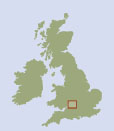
DANA HUNTLEY
[caption id="ADaytoVisitCirencester_img3" align="aligncenter" width="1024"]

DANA HUNTLEY
[caption id="ADaytoVisitCirencester_img4" align="aligncenter" width="612"]
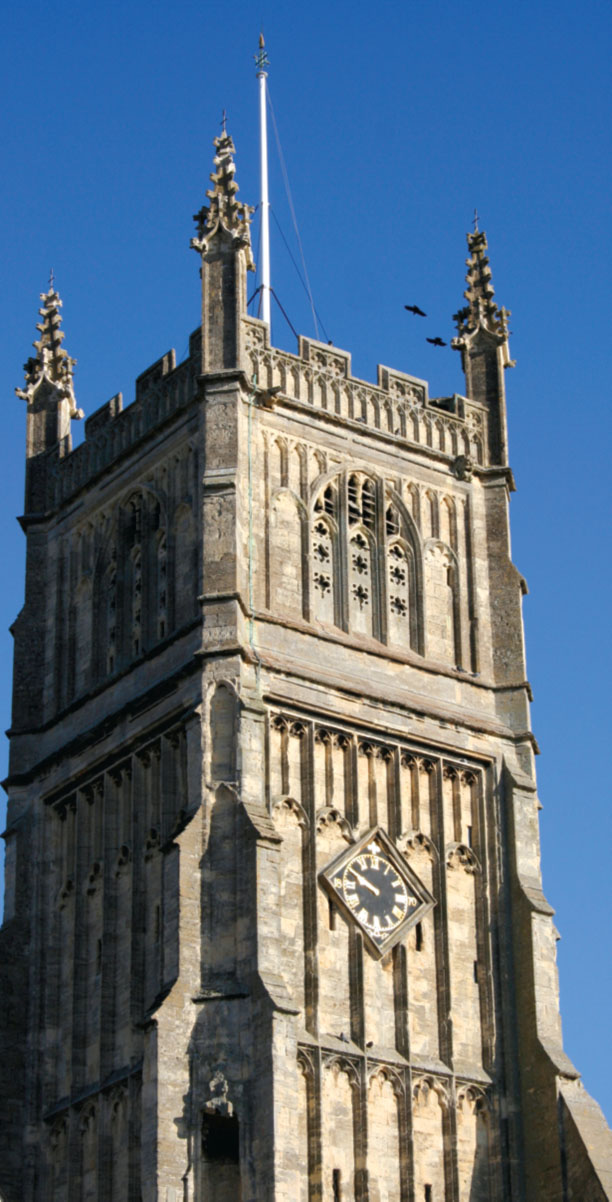
DANA HUNTLEY
[caption id="ADaytoVisitCirencester_img5" align="aligncenter" width="1024"]
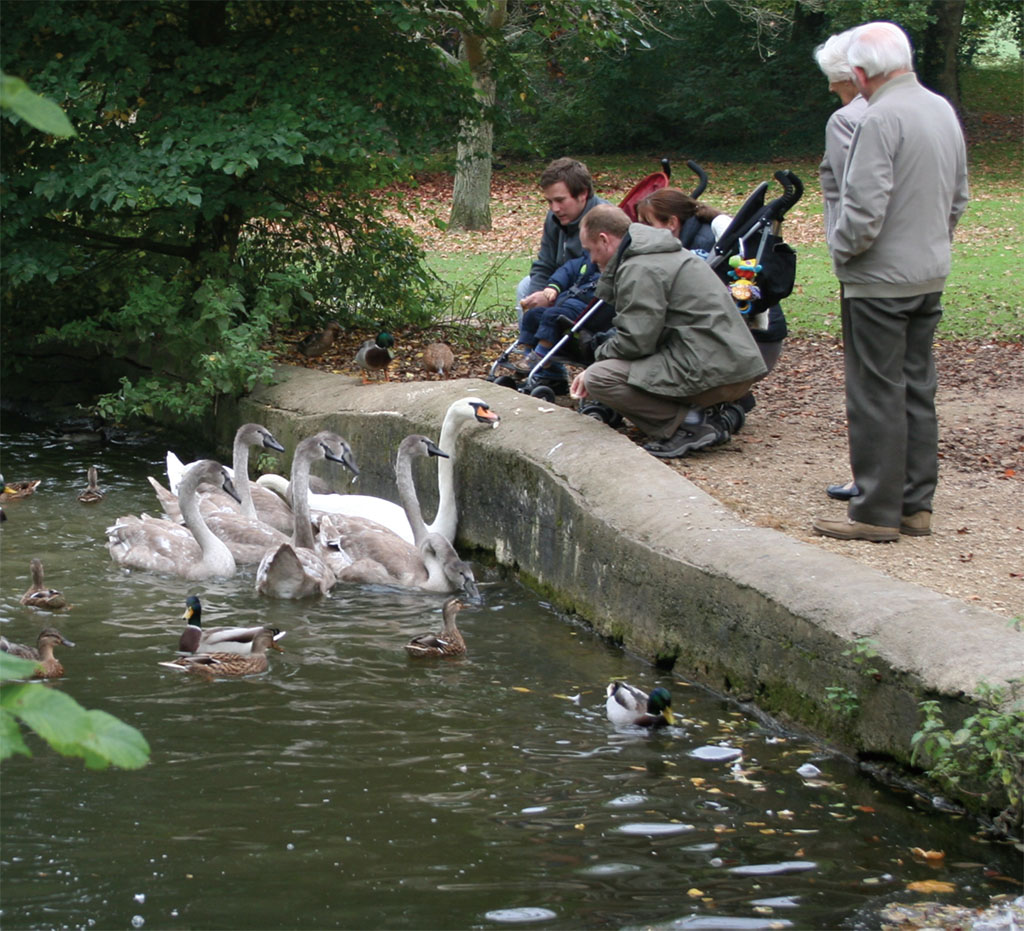
DANA HUNTLEY
[caption id="ADaytoVisitCirencester_img6" align="aligncenter" width="603"]
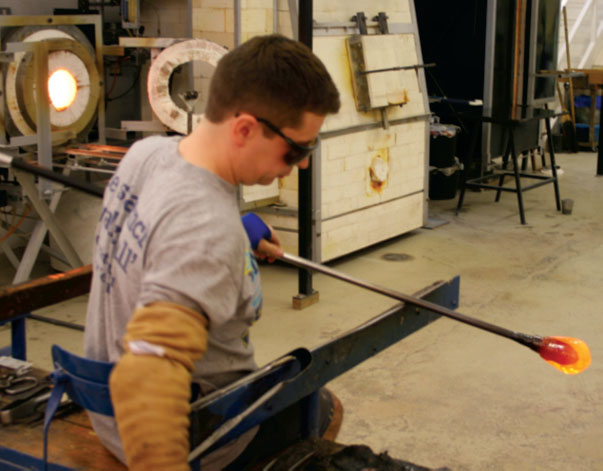
DANA HUNTLEY
[caption id="ADaytoVisitCirencester_img7" align="aligncenter" width="1024"]

DANA HUNTLEY
The museum tells the complete tale of the town’s history, including such tidbits as life in Saxon Cirencester, and the siege of the town during the Civil War. It is Roman life that comes alive at the Corinium, though, with one of the country’s best depictions of life in Romano-Britain almost two millennia ago. Re-creations of town and villa life even include a Roman courtyard garden.
Once back in the 21st century, it’s only a block or two to the Market Place. On Mondays and Fridays, the street market will fill the square with stalls selling the usual jumble of market goods from cheeses, fish and produce to clothes and household gadgetry.
The Church of St. John Baptist dominates the square and the town center. It was always supposed to; it’s one of the largest parish churches in the country. The magnificent 14th-century parish church was built with the wealth of Cirencester’s medieval wool trade. Such a prominent place of public worship brought acclaim and influence to a smaller town—and to the gentry and burghers who funded it. Among the church’s treasures are its pre-Reformation pulpit and the 1535 Boleyn Cup given to the church by Queen Elizabeth’s physician.
Take lunch
When it comes time to eat, there is no shortage of options readily at hand. Grab a hot pastie from the West Cornwall Pastie Co. on the corner of Market Place, pop in to the Black Horse pub or The Crown, or one of the bistros in the old Corn Hall arcade.
[caption id="ADaytoVisitCirencester_img8" align="aligncenter" width="1024"]

DANA HUNTLEY
In the afternoon
If you feel a need to walk after lunch, the Abbey Grounds make for a lovely stroll. Paved paths through the landscaped grounds in back of the church lead to a small duck pond always bobbing with hungry waterfowl. Climb the low banking to the right onto the remains of the Roman wall once surrounding Cirencester. It’s the only stretch of Roman works remaining in town.
If you fancy a little longer walk, however, down Castle Street to the Bristol Road lies Cirencester’s Roman amphitheater. Now grassed over and in the care of English Heritage, the 2nd-century civic improvement is one of the best-preserved such amphitheaters in Great Britain.
As a market town, Cirencester naturally makes a good place to shop. In fact, Cirencester has a reputation for the broad variety of independent shops that gives character to the market square and surrounding streets. Brewery Arts, just off Market Place is a well-respected arts and crafts center with open craft workshops from glassblowing to silkscreening and a main gallery. It’s well worth a wander around. Swan Yard, Stable Yard and The Woolmarket are hidden clusters of boutiques, antique emporiums and craft shops.
Feel a sweet tooth coming on?
Stop by Mr. Simms Olde Sweet Shoppe on Cricklade Street for an unbelievable sugar rush. The colorful shop is a dazzling temptation replete with all manner of confections—from chocolate and liquorice to Turkish delight and humbugs. Buy sweets prepackaged or from the huge walls of bulk candy.
Dinner in town?
Again, there are abundant choices in Cirencester’s center. The 1651 Restaurant at the Fleece on Market Square offers good quality casual dining from an eclectic and moderately priced menu. There’s also more upscale Harry Hare’s Brasserie on Gosditch Street, just across from the church. For those who might fancy a traditional English curry, try Indian Rasoi on Dollar Street. A number of town center pubs offer informal evening menus as well.
For the evening
The Black Horse Inn, just off the market square, is Cirencester’s oldest such public house—dating back to the 1400s. It makes a snugly comfortable, historic venue for an evening postprandial pint and a bit of people watching. It’s a friendly, slightly older crowd at the Black Sheep. On weekend evenings there’ll be some farmers in wellies come into town from surrounding villages with their dogs.
Neat to know
Everything you want to see in Cirencester is within a few compact blocks. There is plenty of convenient parking, and the walking is level and easy. On Friday, antique markets, and on Saturday, craft markets are held in the Victorian Corn Hall. If you want to do something really local, during summer months take a swim in Cirencester’s spring-fed open-air pool, built in 1869. Begin planning your visit to Cirencester with a look at its colorful website: www.cirencester.co.uk.





Comments